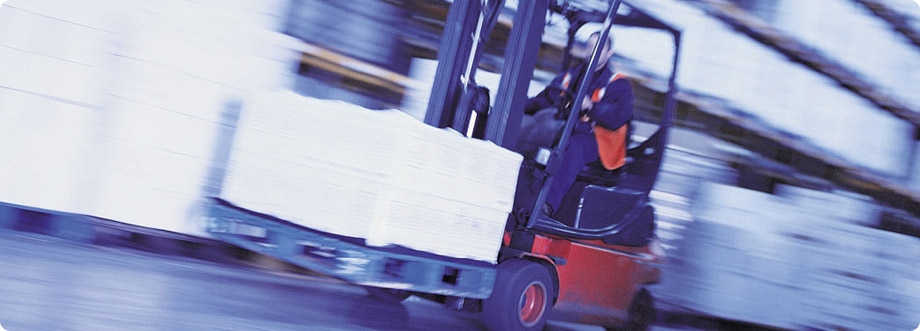 Equipment leasing puts productive assets to work |
The Equipment Leasing and Finance Association (ELFA), which represents the equipment finance sector in the United States, is tipping record investment in equipment in 2016.
ELFA estimates that the corporate and government sector will spend over USD1.6 trillion in capital goods or fixed business investment (including software) this year, creating significant opportunities.
ELFA president and CEO Ralph Petta says: "Equipment acquisition is critical in driving the supply chains across all US manufacturing and service sectors. Equipment leasing and financing provide the source of funding for a majority of US businesses to acquire the productive assets they need to operate and grow."
ELFA forecasts the following Top 10 Equipment Acquisition Trends for 2016:
1. Business investment will reach a new all-time high level, but after a sustained period of increasing as a share of GDP, the equipment investment cycle has likely peaked.
2. After the first short-term interest rate increase in nearly 10 years, look for the Federal Reserve to act gradually to make additional rate increases throughout the year.
3. The growth of equipment acquired through financing will increase solidly, but more slowly. In 2016, a projected $1.627 trillion will be invested in plant, equipment and software in the United States. Approximately 64% or $1.049 trillion of that investment is expected to be financed through loans, leases and lines of credit.
4. After many years of anticipating the new lease accounting standard and attendant uncertainty in the marketplace, companies will move forward and prepare to adopt it. Although the new standard will change how leases are accounted for on corporate balance sheets, it will not impact the ability of companies to acquire productive equipment to grow their businesses.
5. A sharp slowdown in China's economy will be a threat to global growth this year. While the US economy is somewhat insulated (only about 7% of US exports are shipped to China), US manufacturers will feel the impact of reduced demand in China as well as its trading partners (e.g., Russia and Japan) as their economies absorb the effects of China's slowdown.
6. Equipment investment will vary widely by industry vertical. Among the underperforming equipment types are agriculture, mining and oilfield, railroad, industrial and materials handling equipment. Medical equipment, computers and software are strengthening and construction equipment should remain solid with an improving housing sector.
7. Customer demand for greater flexibility and convenience will increase the use of non-standard financing agreements. Shifts in customer preferences for managed services (bundling equipment, services, supplies and software), pay-per-use leases and alternative financing will spur equipment finance companies to find innovative ways to fill the demand. These deals won't replace standard leases, but will become a larger proportion of financings.
8. Low oil prices will continue to impede energy investment.
9. The potential outcomes of the 2016 presidential election and their related policy implications will give businesses new factors to weigh when making their equipment acquisition plans.
10. Looming "wild cards" could influence business investment decisions. Additional factors could present headwinds to equipment investment in 2016. A low inventory of homes in a housing market poised for a breakout year could either cause construction investment to surge or push up home prices and deter would-be buyers. The stronger US labour market could accelerate wage growth, which would cause consumer confidence and spending to rise, but may also spur inflation, which could encourage the Fed to raise interest rates faster than expected. Lastly, a threat of continuing terrorist attacks could present economic and policy implications that in the short and long-term could divert capital spending resources.